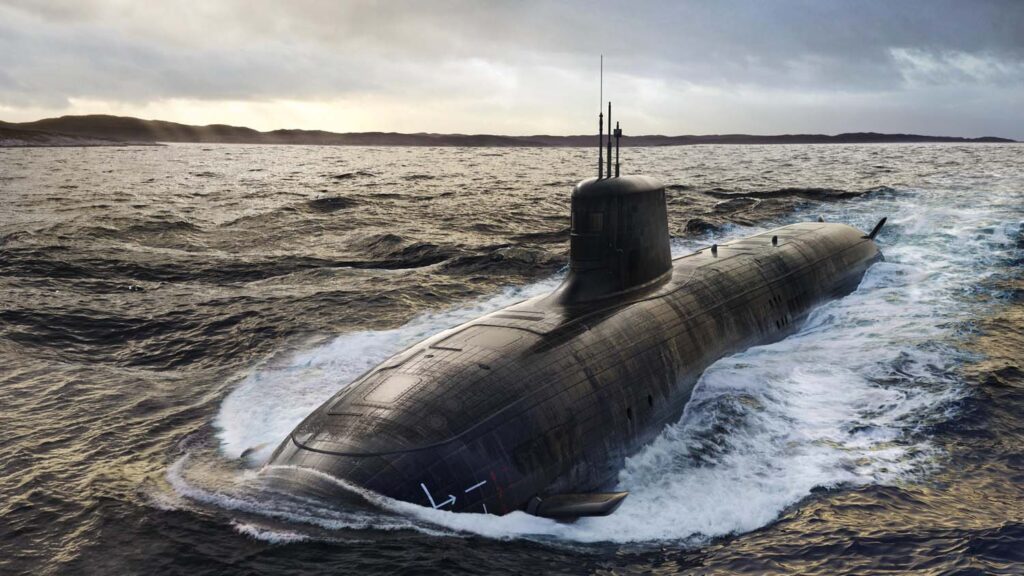A US Congressional Report Suggests Drastic Tweaks to the Original Agreement
The AUKUS deal, a trilateral security pact between the United States, Australia, and the United Kingdom, has come under scrutiny due to emerging complications. Signed in 2021, AUKUS was initially hailed as a strategic step to counter China’s growing influence in the Indo-Pacific region. At the heart of the deal lies the plan for Australia to acquire nuclear-powered submarines, breaking away from an earlier agreement with France to purchase 12 conventional diesel-electric submarines. However, a recent report by the US Congressional Research Service suggests that this ambitious partnership may need significant adjustments.
Origins of the AUKUS Deal
Australia’s decision to pivot towards nuclear-powered submarines was a key feature of the AUKUS pact. It marked a significant shift from Australia’s earlier negotiations with France’s Naval Group. The original deal with France involved the construction of 12 diesel-electric submarines, which, while advanced, lacked the extended range and stealth capabilities of nuclear-powered vessels.
The US and UK, both possessing nuclear submarine capabilities, promised to deliver a fleet of these submarines to Australia over the next two decades. The pact signaled a deepening of defense ties between the three nations, aimed at ensuring security and stability in the Pacific. However, since the deal’s signing, concerns over timelines, costs, and technology transfers have clouded its future.

Congressional Concerns and Suggested Changes
The recent Congressional paper outlines several critical concerns that have emerged regarding the AUKUS submarine deal. Key among them is the challenge of aligning Australia’s timeline with the availability of US shipyards to build these submarines. The US already faces capacity limitations in its domestic submarine production, which could delay Australia’s acquisition of the promised vessels.
Additionally, the cost of the project has skyrocketed, with estimates now suggesting a total bill far exceeding initial projections. Australian taxpayers are likely to bear the burden of these increased costs, which has raised political concerns within Australia. The report calls for “drastic tweaks” to the original agreement, including the possibility of Australia leasing submarines or acquiring modified versions of US submarines to bridge capability gaps until their fleet is ready.
Technological Hurdles
Another point of contention is the sharing of sensitive nuclear technology. While AUKUS outlines a path for Australia to develop nuclear-powered submarines, the actual transfer of nuclear propulsion technology has raised alarms within the US Congress. Australia does not have a domestic nuclear industry, which complicates the transfer and maintenance of these sophisticated vessels.
Moreover, questions have been raised about Australia’s ability to crew and maintain a nuclear-powered fleet. The infrastructure, training, and personnel requirements are immense, and Australia will need substantial support from its allies to successfully manage these new assets.
The Future of AUKUS
As the AUKUS deal enters its third year, it remains a pivotal point in the defense strategies of the US, Australia, and the UK. However, the new Congressional report raises serious doubts about the feasibility of the current plans without significant changes. As leaders from all three nations prepare for further negotiations, it is clear that the AUKUS submarine deal is at a crossroads. Whether it can navigate these challenges or needs to be fundamentally altered remains to be seen.




